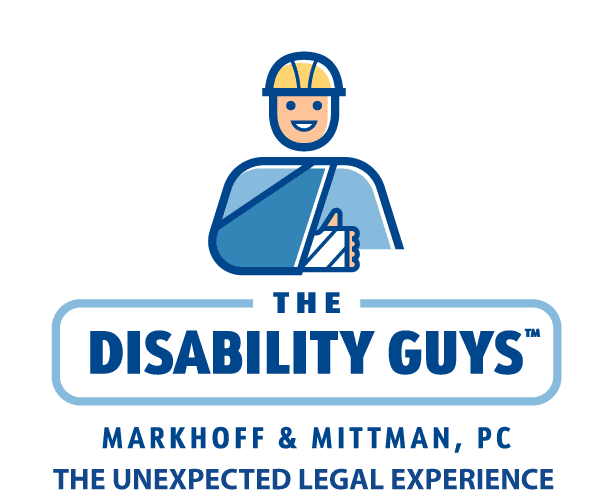A rare disease is one which occurs in less than 200,000 people in the United States. At this point, it is estimated that there are between 6,000-8,000 rare diseases affecting individuals in the US.
Some of the rare diseases affecting individuals of all ages include:
Amyotrophic lateral sclerosis – ALS, also known as Lou Gehrig’s disease affects the cells in the nerves which send impulses to the voluntary muscles of the body like arms and legs. With ALS, the cells begin to die and individuals with ALS start to have trouble with walking, speaking, and over time may not be able to breathe.
Cervical dystonia – a painful medical condition where the neck muscles contract involuntarily causing an individual to have their head turned or twisted to one side.
Cystic fibrosis – a disease passed through a family where thick mucus builds up throughout the lungs, the digestive tract, and other parts of the body causing chronic lung disease especially in children.
Huntington’s disease – a medical condition caused by a genetic defect which causes part of one’s DNA to repeat more than usual causing nerve cells in the brain to degenerate.
Muscular dystrophy– this condition causes a loss of muscle tissue which leads to weakened muscles which get worse as time passes, until control is no longer possible.
There are many more rare diseases cataloged in the Centers for Disease Control and Prevention (CDC) and with the National Institutes of Health (NIH) Some rare diseases are fatal and many others are not curable. Treatments and research continues for the thousands of rare diseases and genetic conditions which affect those in the United States. Diagnosis can often prove difficult with conditions that are very rare.
A rare disease is one which occurs in less than 200,000 people in the United States. At this point, it is estimated that there are between 6,000-8,000 rare diseases affecting individuals in the US.
Some of the rare diseases affecting individuals of all ages include:
Amyotrophic lateral sclerosis – ALS, also known as Lou Gehrig’s disease affects the cells in the nerves which send impulses to the voluntary muscles of the body like arms and legs. With ALS, the cells begin to die and individuals with ALS start to have trouble with walking, speaking, and over time may not be able to breathe.
Cervical dystonia – a painful medical condition where the neck muscles contract involuntarily causing an individual to have their head turned or twisted to one side.
Cystic fibrosis – a disease passed through a family where thick mucus builds up throughout the lungs, the digestive tract, and other parts of the body causing chronic lung disease especially in children.
Huntington’s disease – a medical condition caused by a genetic defect which causes part of one’s DNA to repeat more than usual causing nerve cells in the brain to degenerate.
Muscular dystrophy– this condition causes a loss of muscle tissue which leads to weakened muscles which get worse as time passes, until control is no longer possible.
There are many more rare diseases cataloged in the Centers for Disease Control and Prevention (CDC) and with the National Institutes of Health (NIH) Some rare diseases are fatal and many others are not curable. Treatments and research continues for the thousands of rare diseases and genetic conditions which affect those in the United States. Diagnosis can often prove difficult with conditions that are very rare.
